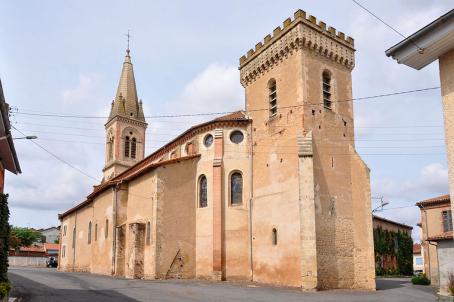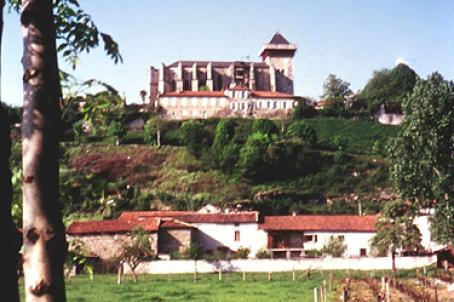Church of Sainte-Marie

In 1283, Abbot Taillefer, superior of the Cistercian abbey of Nizors, founded the bastide town of Boulogne. It was built on the model of all bastides: church in the centre and public square surrounded by arcades. The church was started around this time, but finished later. It was once rectangular in plan.
About this building
Side chapels were added in the 15th century. The base of the square tower forms a vaulted porch, supported by large square pillars. The spire above the bell tower was destroyed by lightning in 1883, and rebuilt in 1890. The lower part is one of the rare testimonies of 14th century bastide architecture.





